
About INDIAai:
- It is the National artificial intelligence Portal of India which was launched on 28th May 2020.
- It is a knowledge portal, research organisation, and an ecosystem-building initiative.
- It stands to unite and promote collaborations with various entities in India’s AI ecosystem.
- It is a joint initiative by the Ministry of Electronics and IT (MeitY),National e-Governance Division (NeGD) and NASSCOM.
- NeGD: It was created in 2009 as an Independent Business Division under the Digital India Corporation (a not-for-profit company set up by MeitY).
- NASSCOM: It is a not-for-profit industry association and the apex body for the IT and IT-enabled products and services sector in India.
- It is the single central knowledge hub on artificial intelligence and allied fields for aspiring entrepreneurs, students, professionals, academics, and everyone else.
What is Artificial intelligence (AI)?
- It is a wide-ranging branch of computer science concerned with building smart machines capable of performing tasks that typically require human intelligence.
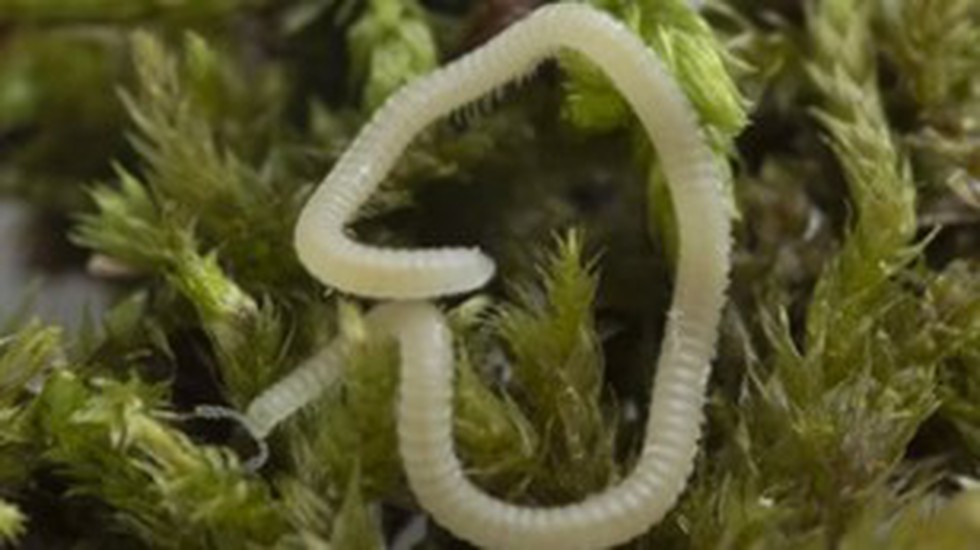
About Millipede species:
- The newly found species is a thread Millipede.
- It is about the length of a paperclip but skinny as pencil lead.
- Its scientific name is Illacme socal.
- It is translucent and sinuous like a jellyfish tentacle.
- The creature burrows four inches below ground, secretes unusual chemicals and is blind.
- It relays on hornlike antennas protruding from its head to find its way.
Key facts about Millipede
- These are member of the arthropod class Diplopoda.
- They are cylindrical or slightly flattened invertebrates.
- The word “millipede” translates to “a thousand feet”—but while millipedes have many feet, none of them quite have a thousand.
- Their bodies are split into a number of segments, and each segment has two sets of legs that attach to the body's underside.
- Diet: It is a detritivore, which means that it eats dead organic matter in the earth like damp wood pieces, decayed leaves, and other materials that naturally exists in their moist habitat underground.

About Offer for Sale:
- It is a simpler method of share sale through the exchange platform for listed companies.
- The mechanism was first introduced by India’s securities market regulator Sebi in 2012.
- Aim: To make it easier for promoters of publicly-traded companies to cut their holdings and comply with the minimum public shareholding norms by June 2013.
- The method was largely adopted by listed companies, both state-run and private, to adhere to the Sebi order.
- Later, the government started using this route to divest its shareholding in public sector enterprises.
- In an OFS, promoters of a company will dilute their stake by selling their shares to retail investors, companies, Foreign Institutional Investors (FIIs) and Qualified Institutional Buyers (QIBs) on an exchange platform.
- Features of Offer for sale
- Unlike a follow-on public offering (FPO), where companies can raise funds by issuing fresh shares or promoters can sell their existing stakes, or both, the OFS mechanism is used only when existing shares are put on the block.
- Only promoters or shareholders holding more than 10 per cent of the share capital in a company can come up with such an issue.
- The mechanism is available to 200 top companies in terms of market capitalisation.
- In an OFS, a minimum of 25 per cent of the shares offered, are reserved for mutual funds (MFs) and insurance companies.
- At any point, no single bidder other than these two institutional categories is allocated more than 25 per cent of the size of the offering.
- A minimum of 10 per cent of the offer size is reserved for retail investors.
- A seller can offer a discount to retail investors either on the bid price or on the final allotment price.
- It is mandatory for the company to inform the stock exchanges two banking days prior to the OFS about its intention.
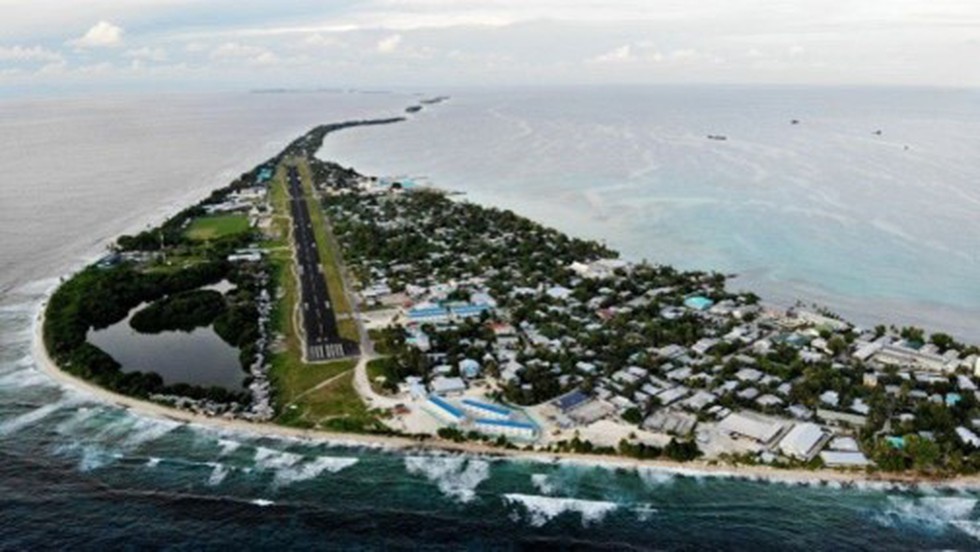
About Tuvalu:
- It was formerly called as the Ellice Islands.
- It’s an island country in the west-central Pacific Ocean, and sits around halfway between Hawaii and Australia.
- Capital: Funafuti
- Its neighbours include Kiribati, to the north, and Fiji, to the south.
- It is composed of nine small coral islands scattered in a chain lying approximately northwest to southeast
- Language: The Tuvaluans are Polynesian and they speak Tuvaluan language which is closely related to Samoan.
- Government
- The government is a parliamentary democracy with a unicameral legislature elected by universal adult suffrage.
- There are no political parties: the prime minister is chosen by and from the legislature.
- Tuvalu is a member of the South Pacific Forum.
- Economy
- Most people are subsistence farmers and are aided by remittances from relatives working overseas.
- A small quantity of copra is produced for export, the sale of stamps accounts for modest earnings, and fees are collected from foreign fishing fleets.
- Threats
- Due to its low-lying geography, Tuvalu is at acute risk from natural disasters, including rising storm surges, cyclones, and tsunamis.
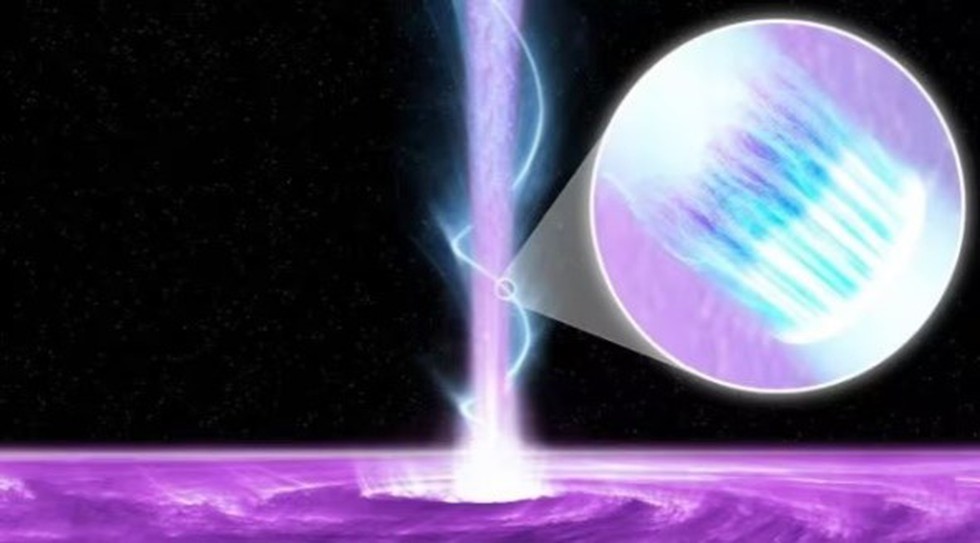
About Markarian 421:
- It is a supermassive black hole firing a jet of high-energy particles aimed directly at Earth.
- It is about 400 million light-years away from the earth
- It is located in the constellation Ursa Major.
Characteristics of supermassive black hole
- They have a mass greater than about 50,000 times the mass of our sun.
- These black holes are far too large to have formed from the gravitational collapse of a single star.
- These are always found at the centre of a galaxy and almost all galaxies have a supermassive black hole at its centre.
Key facts about the Imaging X-ray Polarimetry Explorer (IXPE)
- It is an international collaboration between NASA and the Italian Space Agency.
- It studies the most extreme and mysterious objects in the universe – supernova remnants, supermassive black holes, and dozens of other high-energy objects.
- It is the first satellite dedicated to measuring polarized X-rays from objects, such as neutron stars and supermassive black holes, to reveal previously hidden details of the universe.
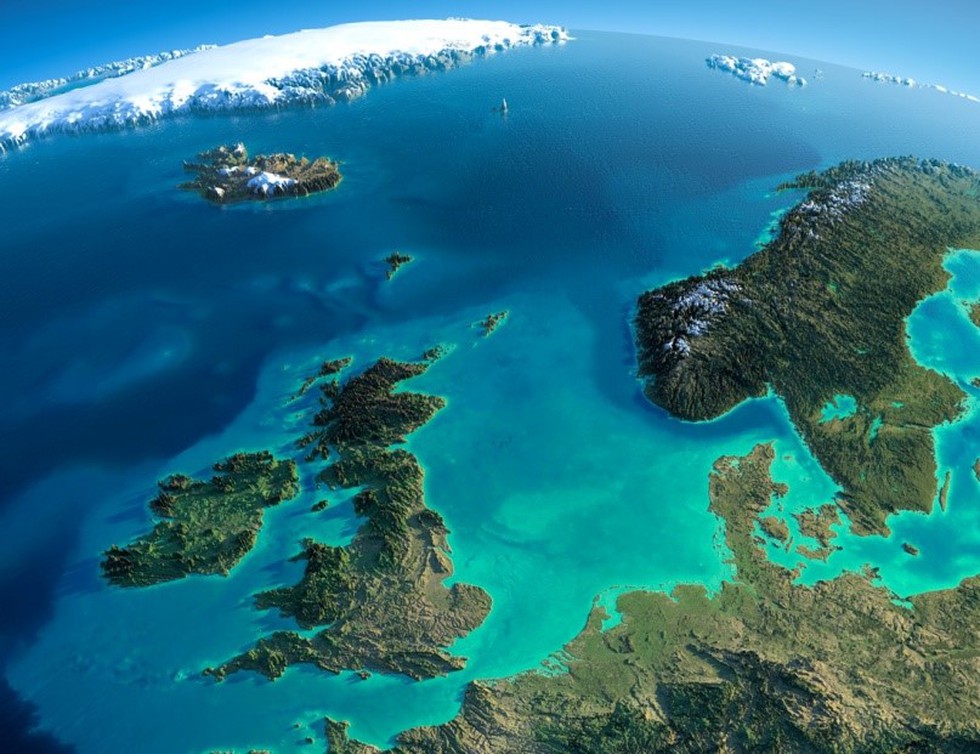
About North Sea:
- It is a sea in northern Europe and is part of the Atlantic ocean.
- Borders: It is bordered by the United Kingdom and Norway to the west, Denmark to the south, Germany, the Netherlands, Belgium, and France to the east, and the Faroe Islands and Norway's Svalbard archipelago to the north.
- The North Sea connects to the Atlantic Ocean via the English Channel in the southwest and the Baltic Sea in the east via the Kattegat and Skagerrak straits.
- The Kiel Canal, one of the world's busiest artificial waterways, connects the North Sea with the Baltic.
- Area: It covers an area of approximately 570,000 square kilometres (220,000 square miles).
- Depth:
- It is a relatively shallow sea with an average depth of 90 meters.
- The sea’s deepest part is the Norwegian trench which is 725 meters deep.
- The shallowest area is the Dogger Bank, which is only 12 metres deep.
- Climate:
- It experiences an oceanic temperate maritime climate characterized by slightly high temperatures.
- Winters are long but cool, while summers are short and mild.
- Rivers: Major rivers that drain into the North Sea include the Forth, Elbe, the Weser, the Ems, the Rhine and Meuse, the Scheldt, the Thames, and the Humber.
- Ports: It has several major ports located along its coasts, such as Rotterdam, the busiest port in Europe, Antwerp, Hamburg, Bremerhaven and Felixstowe, all busy container seaports, as well as the Port of Bruges-Zeebrugge, Europe's leading RoRo port.
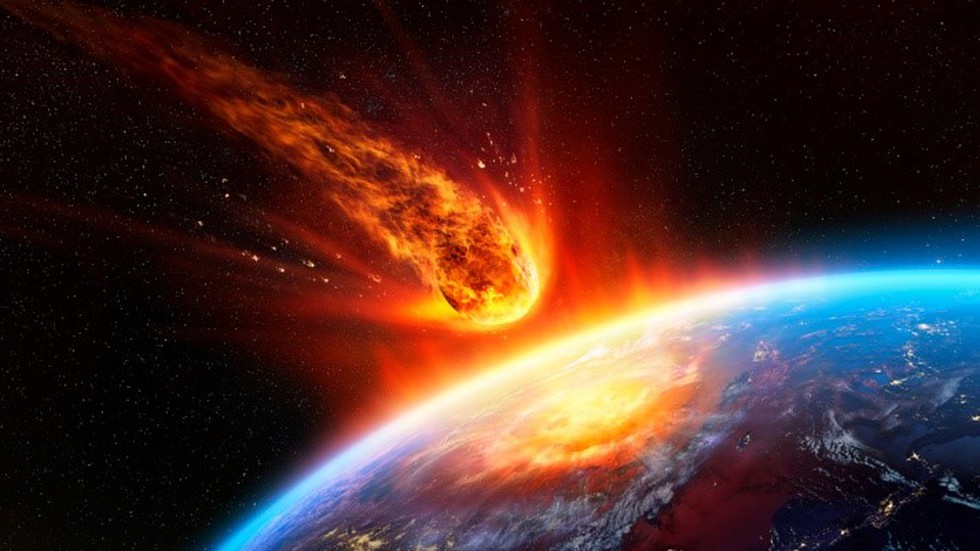
About Ureilite:
- ‘Ureilites’ are a rare class of primitive meteorites that constitute just a tiny fraction of meteorites on Earth.
- It is named after the locality where the first specimen was discovered, the Novo Urei village in Russia.
- Composition:
- They consist of silicate rock, mostly olivine and pyroxene, interspersed with less than 10% of carbon (diamond or graphite), metal sulphides and a few fine-grained silicates.
- They contain elongated cavities generally stretched in the same direction.
- Lack of Chondrules: Unlike many other stony meteorites, ureilites do not contain chondrules, which are small, spherical grains that formed in the early solar system.
- Primitive Nature: Ureilites are considered primitive meteorites because their composition closely resembles the material from which the solar system formed.
Key Facts about Dhala Crater:
- It is the oldest and the largest impact crater in India.
- It is estimated to have formed some 2500 million years ago.
- Named after the village Dhala, the crater is an eroded leftover of the original impact structure.
- Location: It is located in Shivpuri district in Madhya Pradesh.
- Size: It is a massive 11 km in diameter, making it the largest in Asia.
What’s the difference between a meteor, a meteoroid, and a meteorite?
- Meteoroids: They are objects in space that range in size from dust grains to small asteroids.
- Meteors: When meteoroids enter Earth’s atmosphere (or that of another planet, like Mars) at high speed and burn up, the fireballs or “shooting stars” are called meteors.
- Meteorite: When a meteoroid survives a trip through the atmosphere and hits the ground, it’s called a meteorite.
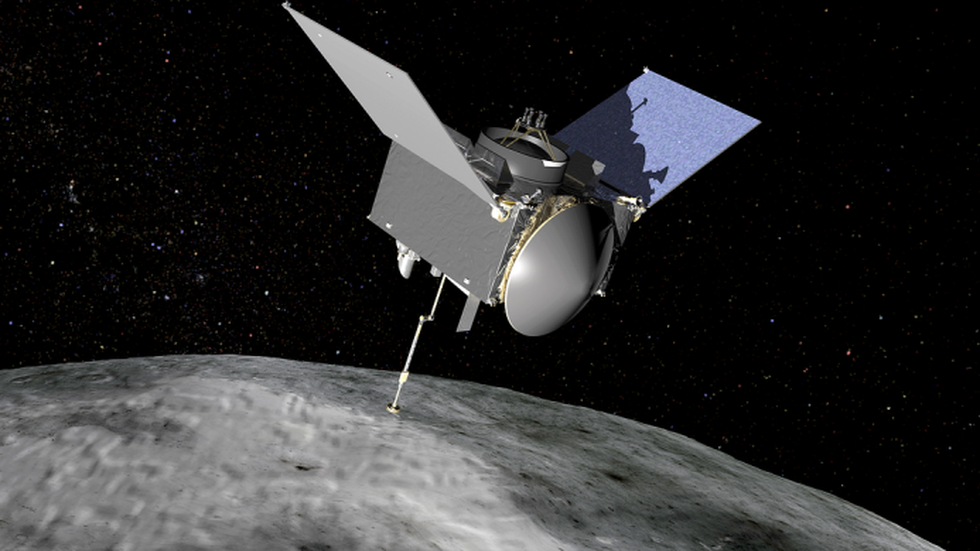
About OSIRIS-REx:
- It is a NASA spacecraft mission designed to study the near-Earth asteroid called Bennu.
- The name OSIRIS-REx stands for "Origins, Spectral Interpretation, Resource Identification, Security, Regolith Explorer."
- Goal: To collect a sample weighing at least 2.1 ounces (59.5 grams) from asteroid 101955 Bennu (formerly known as 1999 RQ36) and then bring the sample to Earth.
- The mission will help scientists investigate how planets formed and how life began, as well as improve our understanding of asteroids that could impact Earth.
- It is the first U.S. spacecraft to collect a sample from an asteroid.
- It was launched on Sept. 8, 2016.
- It reached its asteroid target in 2018 and is bringing a small sample to Earth for study.
- The samples will arrive on Earth in 2023. An extended mission will take the spacecraft into orbit around near-Earth asteroid Apophis in 2029.
Key facts about Asteroid Bennu:
- It is located about 200 million miles away from the Earth.
- It was discovered by a team from the NASA-funded Lincoln Near-Earth Asteroid Research team in 1999.
- It is a B-type asteroid, implying that it contains significant amounts of carbon and various other minerals.
- Around 20-40 percent of Bennu’s interior is empty space, and scientists believe that it was formed in the first 10 million years of the solar system’s creation, implying that it is roughly 4.5 billion years old.
- Bennu is believed to have been born in the Main Asteroid belt between Mars and Jupiter, and because of gravitational tugs from other celestial objects and the slight push asteroids get when they release absorbed sunlight, the asteroid is coming closer to Earth.
What is an Asteroid?
- An asteroid is a small rocky object that orbits the Sun.
- These objects are remnants from the early formation of our solar system, dating back billions of years.
- Most asteroids are found in the region between the orbits of Mars and Jupiter, known as the asteroid belt, but they can also be found in other regions of the solar system.

About Urea Gold:
- It is a new variety of Urea coated with Sulphur.
- It is being introduced to address the Sulphur deficiency in soil and save input costs for the farmers.
- Urea Gold surpasses the existing Neem-coated urea in terms of both economic viability and efficiency.
- How Urea Gold Is Better Than Others?
- Sulphur-coated urea facilitates a gradual release of nitrogen, thereby enhancing its availability and uptake by crops.
- The inclusion of humic acid in Urea Gold further extends its lifespan as a fertilizer.
- This product not only substitutes traditional urea consumption but also reduces overall fertilizer usage.
- According to the report, 15 kg of Urea Gold provides comparable benefits to 20 kg of conventional urea, making it a more efficient and effective choice for farmers.
What is Neem-coated urea?
- Urea is a commonly used nitrogen-based fertilizer that provides essential nutrients to plants to promote healthy growth.
- Neem-coated urea is a specialized form of urea fertilizer that has been coated with neem oil.
- Benefits:
- The neem coating on urea slows down the release of nitrogen into the soil. This controlled release helps reduce nitrogen leaching and volatilization, leading to improved nitrogen use efficiency by plants.
- It would bring down the quantity of urea per acre and consequent reduction in input cost to farmers.
- The emission of nitrous oxide is also brought down significantly.
- Neem oil, derived from the neem tree (Azadirachta indica), has natural pesticidal properties.
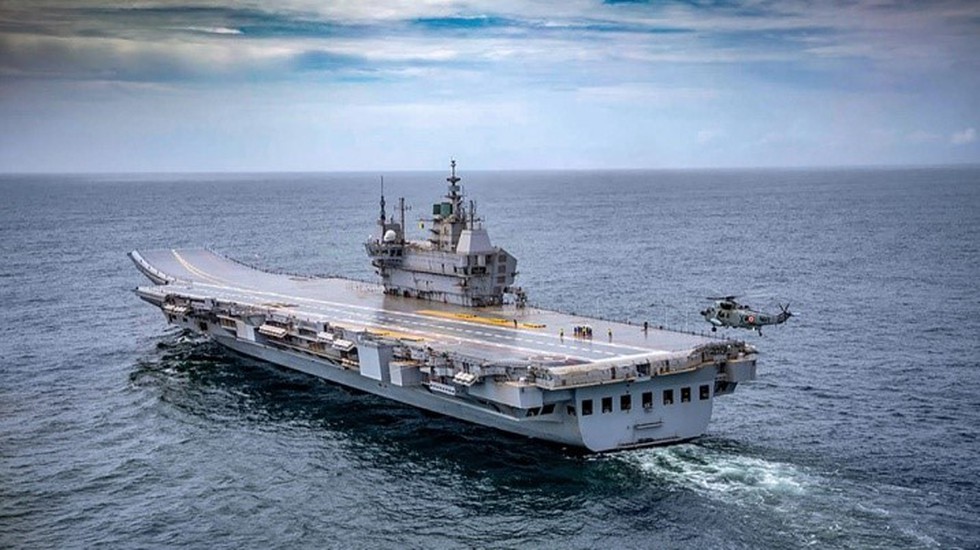
About INS Vikrant:
- It is India’s first indigenously designed and manufactured aircraft carrier.
- The ship has been designed in-house by Indian Navy’s Warship Design Bureau and constructed by M/s Cochin Shipyard Limited.
- It will strengthen the country’s standing as a ‘Blue Water Navy’ — a maritime force with global reach and capability to operate over deep seas.
- With it, India also joins the elite group of nations – the US, Russia, France, the UK and China – who are capable of designing and constructing aircraft carriers.
- Features:
- Dimension: It has an approximate length of 262 meters (860 feet) and a breadth of 62 meters (203 feet).
- Displacement: Its full-load displacement is 43,000 tonnes.
- Propulsion: It is powered by four gas turbine engines.
- Speed: It has a top speed of 52 km/h (32 mph).
- Endurance: 8,600 miles (13,890 kilometres)
- Aircraft capacity: It can accommodate up to 30 fixed-wing aircraft, including fighter jets, and rotary-wing aircraft, such as anti-submarine warfare helicopters and utility helicopters.
Historical facts about INS Vikrant:
- INS Vikrant, with pennant number R11, was the first-ever aircraft carrier that was operated by the Indian Navy.
- The ship was officially laid down in 1943 and was being built for the Royal Navy as HMS (Her Majesty’s Ship) Hercules when the constitution was put on hold after World War II ended.
- Like many other ships at the time, the under-construction HMS Hercules was put up for sale by the United Kingdom and was purchased by India in 1957.
- The construction work was completed and the ship was commissioned in the Indian Navy as INS Vikrant in 1961.
- The plan for building an indigenous aircraft carrier started taking shape as the old INS Vikrant neared its decommissioning in the late 1990s.


.png)
.png)
.png)
























































































































































.png)
.png)
.png)
.png)
.png)


.png)
.png)
.png)





.png)
.png)






.png)
.png)
.png)
.png)
.png)
.png)
.png)
.png)
.png)

.png)







.png)
.png)


.png)
.png)
.png)


.png)

.png)
.png)





.jpg)

.png)
.png)


.png)

.png)
.png)
.png)

.jpg)

.jpg)


.png)

.png)
.png)
.png)
.png)
.png)
.png)
.png)




.png)

.png)





.png)
.png)
.png)
.png)
.png)
.png)
.png)
.png)
.png)
.png)
.jpg)
.jpg)

.png)
.png)
.png)
.png)
.png)
.png)
.png)
.png)
.png)
.png)
.png)
.png)
.png)
.png)
.png)
.png)
.png)
.png)
.png)
.png)
.png)
.png)



.png)
.png)

.jpg)
.jpg)


.jpg)
.jpg)
.jpg)
.jpg)
.jpg)

.jpg)








.jpg)
.jpg)
.jpg)
.jpg)
.jpg)

















.jpg)
.jpg)







.jpg)


















.jpg)
.jpg)






























































































.jpg)
.jpg)


























.jpg)

.jpg)










.jpg)








.jpg)




.jpg)










.jpg)


















.jpg)












































.jpg)














.jpg)
.jpg)
.jpg)





.jpg)

.jpg)
.jpg)





































































.jpg)


































.jpg)
.jpg)
















































.jpg)












.jpg)


.jpg)




.jpg)
.jpg)
.jpg)

.jpg)
.jpg)
.jpg)
.jpg)

.jpg)
.jpg)
.jpg)

.jpg)
.jpg)
.jpg)
.jpg)
.jpg)
.jpg)
.jpg)
.jpg)

.jpg)


.jpg)
.jpg)
.jpg)
.jpg)
.jpg)
.jpg)
.jpg)
.jpg)
.jpg)
.jpg)











.jpg)
.jpg)





.jpg)
.jpg)
.jpg)
























.jpg)
























.jpg)









.jpg)
.jpg)







.jpg)
.jpg)









































.jpg)
.jpg)
.jpg)
.jpg)
.jpg)

.jpg)
.jpg)
.jpg)
.jpg)
.jpg)


.jpg)
.jpg)
.jpg)
.jpg)
.jpg)

.jpg)
.jpg)
.jpg)
.jpg)
.jpg)
.jpg)
.jpg)
.jpg)
.jpg)
.jpg)
.png)

.png)
.png)

.png)
.png)
.png)
.png)


.jpg)
.jpg)

.jpg)
.jpg)
.jpg)

.png)
.png)
.png)
.png)
.png)
.png)
.png)

.png)
.png)
.png)
.png)
.png)
.png)
.png)
.png)
.png)
.png)





































































-min.png)



.png)




.png)








































